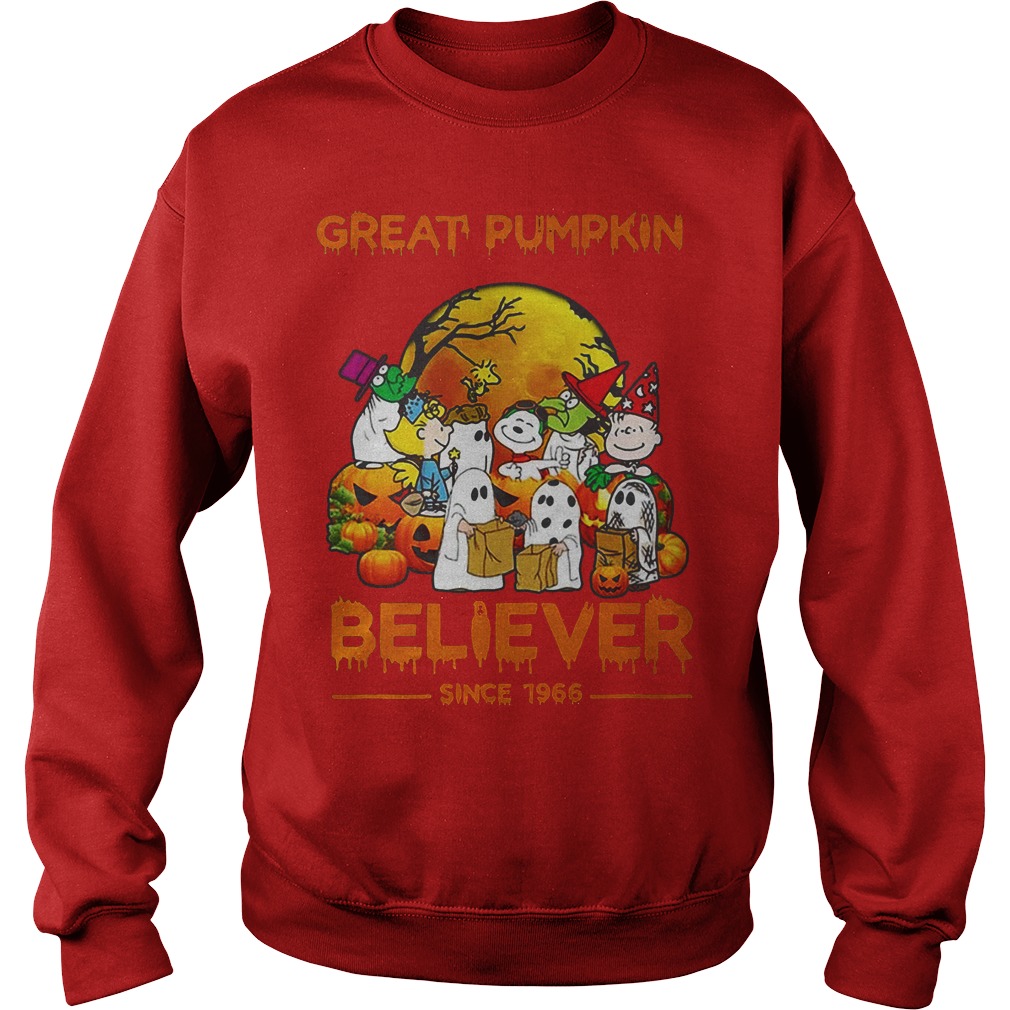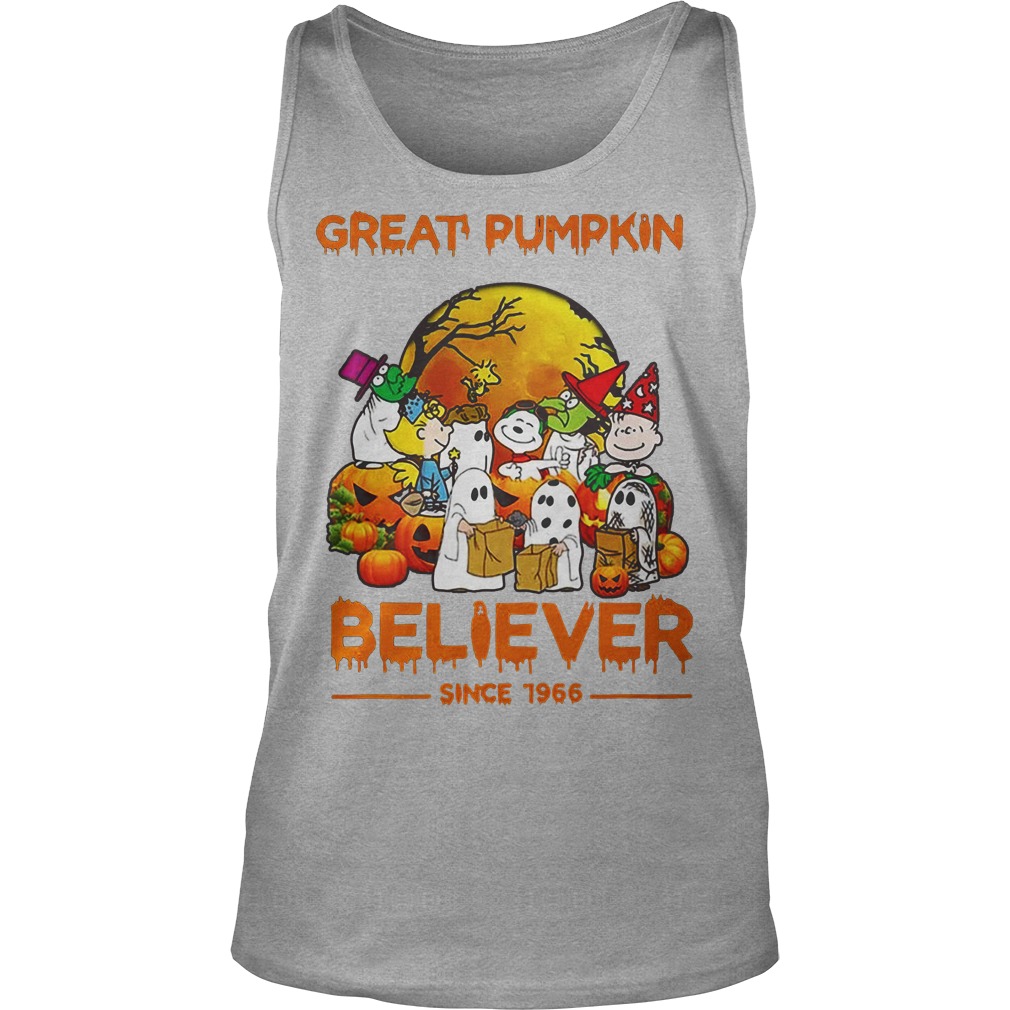Peanuts and friends Great Pumpkin believer since 1966 shirt, hoodie, tank top
Let’s take this Peanuts and friends Great Pumpkin believer since 1966 shirt, hoodie, tank top, we have many color and size that you can choose. Have a nice day
Peanuts had its birthplace in Li’l Folks, a week after week board comic that showed up in Schulz’s main residence paper, the St. Paul Pioneer Press, from 1947 to 1950. He previously utilized the name Charlie Brown for a character there, Peanuts and friends Great Pumpkin believer since 1966 shirt. in spite of the fact that he applied the name in four stiflers to three distinct young men and one covered in the sand. The arrangement additionally had a pooch that looked much like the mid 1950s rendition of Snoopy.
Peanuts and friends Great Pumpkin believer since 1966 shirt

In 1948, Schulz offered an animation to The Saturday Evening Post, which distributed 17 of his single-board kid’s shows. The first of these was of a kid sitting with his feet on an ottoman. Peanuts and friends Great Pumpkin believer since 1966 shirt. The title Peanuts was picked by the syndication proofreader. Schulz expressed ordinarily that he detested the title. In a 1987 meeting, Schulz stated: “It’s absolutely crazy, has no significance, is essentially confounding, and has no respect—and I think my cleverness has dignity.” The occasional accumulations of the strips in soft cover book structure commonly had either “Charlie Brown” or “Snoopy” in the title, not “Peanuts”, on account of Schulz’s dislike. From November 20, 1966, to January 4, 1987, the opening Sunday boards normally read Peanuts, highlighting Good Ol’ Charlie Brown.

What a nice shirt!

The 1960s is known as the “brilliant age” for Peanuts. During this period probably the best-known topics and characters showed up, including Peppermint Patty, Snoopy as the “World War One Flying Ace”, Frieda and her “normally wavy hair”,[20] and Franklin. Peanuts is astounding for its deft social critique, particularly contrasted and different strips showing up during the 1950s and mid 1960s. Schulz didn’t unequivocally address racial and sexual orientation uniformity issues to such an extent as accept them to act naturally apparent. Peppermint Patty’s athletic aptitude and self-assurance is basically underestimated, for instance, similar to Franklin’s quality in a racially incorporated school and neighborhood. (Franklin occurred at any rate to some extent because of Schulz’s correspondence in 1968 with a socially dynamic fan.

